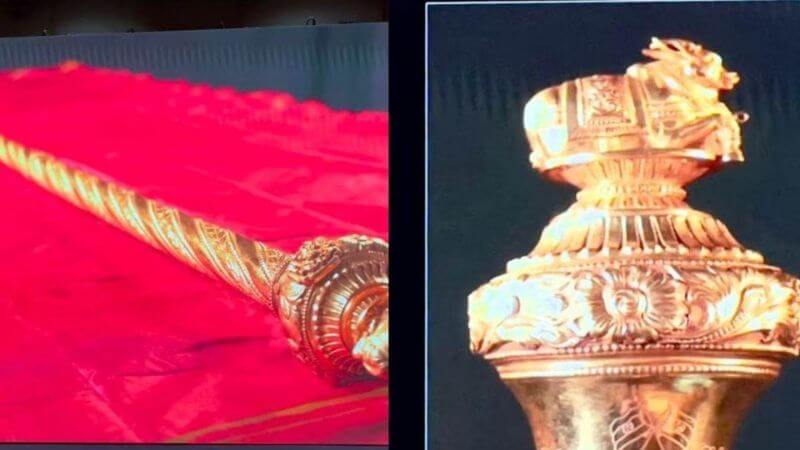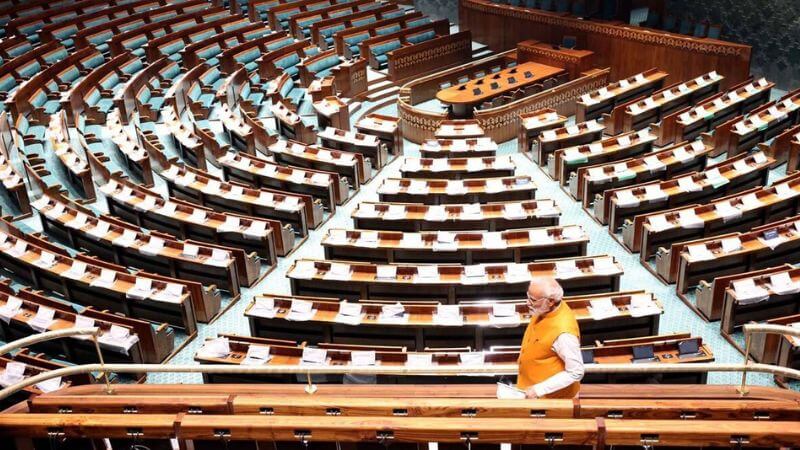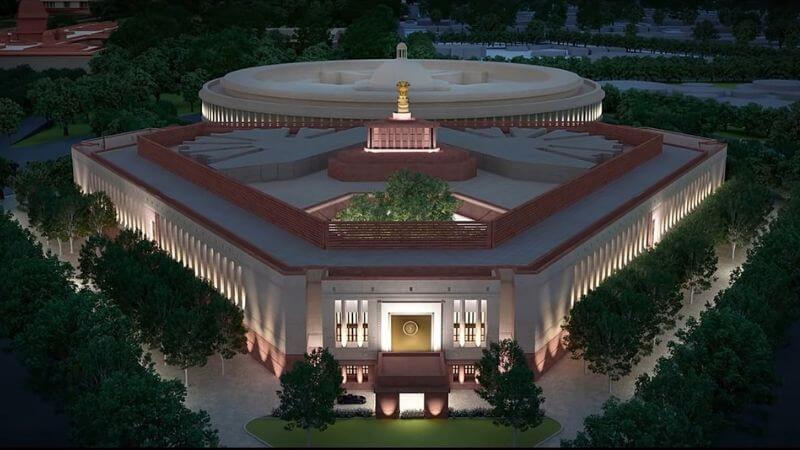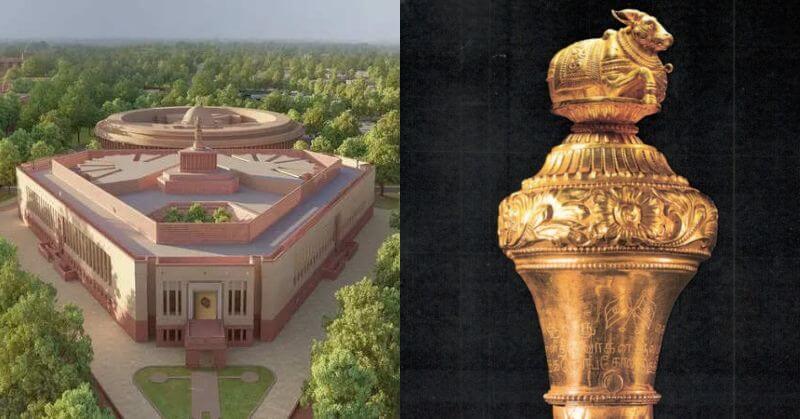As promised by Union Home Minister Amit Shah, Prime Minister Narendra Modi will oversee the installation of a vast golden sceptre beside the Speaker’s seat during the upcoming inauguration of the new parliament building on Sunday.
Amit Shah said this one-of-a-kind sceptre was first presented to India’s first Prime Minister, Jawaharlal Nehru. It symbolized the transfer of authority from the British to the Indian people. Furthermore, the Home Minister referred to this renowned artifact as “sengol,” derived from the Tamil term “semmai.” meaning “righteousness,” and emphasized its historical significance.
The History Of Sengol

Lord Mountbatten was the last Viceroy of British India. He was a crucial figure in the events that led to the formation of the “sengol.” Mountbatten’s curiosity intrigued causing him to question Prime Minister Nehru about how the transfer of power would be honored upon India’s independence.
C Rajagopalachari or ‘Rajaji’ taught Nehru about the Tamil practice of the high priest bestowing a sceptre on a new monarch upon his accession to power. Rajaji cited historical accounts from the Chola dynasty in which this ritual was observed. This implied that it could represent India’s freedom from the British Raj. As a result, Rajaji was tasked with obtaining a sceptre for this historic event.
Therefore, this exchange of ideas and Rajaji’s effort resulted in the creation of the “sengol.” It became a strong symbol of India’s transition of power from the British Empire to its own people.
Creating The Sengol

The sengol was deliberately created by skilled artisans and craftsmen to reflect the spirit of righteousness. Also symbolizes the transfer of power. Every detailed element, from design to material selection, was carefully scrutinized to ensure historical importance and visual impact.
The sengol emerged as a tangible representation of India’s march to independence after a lengthy process. With its completion, the sceptre became a symbol of the country’s rich history and its historical transition from colonial rule to self-government.
Therefore, the sengol carries enormous cultural and historical value. The sengol is a symbol of national pride and solidarity. In addition, it serves as a reminder of India’s hard-fought freedom and the history of its founding fathers.
Sengol In The New Parliament

The Home Minister shed light on the lesser-known history and significance of the ‘sengol.’ He emphasized that many people are unaware of this information. By placing the sengol in the new parliament building, he made a conscious attempt to connect our cultural heritage with our modern goals.
The inclusion of the sengol in the architecture of the parliament demonstrates Prime Minister Modi’s visionary approach. It represents the awareness and admiration of our rich cultural past while accepting the nation’s progressive course.
In addition, the sengol, which was formerly housed in a museum in Allahabad, will now be relocated to the parliament grounds. Therefore, this transition emphasizes the respect shown to this treasured artifact as it takes its proper place at the heart of India’s democratic system.
Follow Us: Facebook | Instagram | Twitter |
Youtube | Pinterest | Google News |
Entertales is on YouTube; click here to subscribe for the latest videos and updates.














